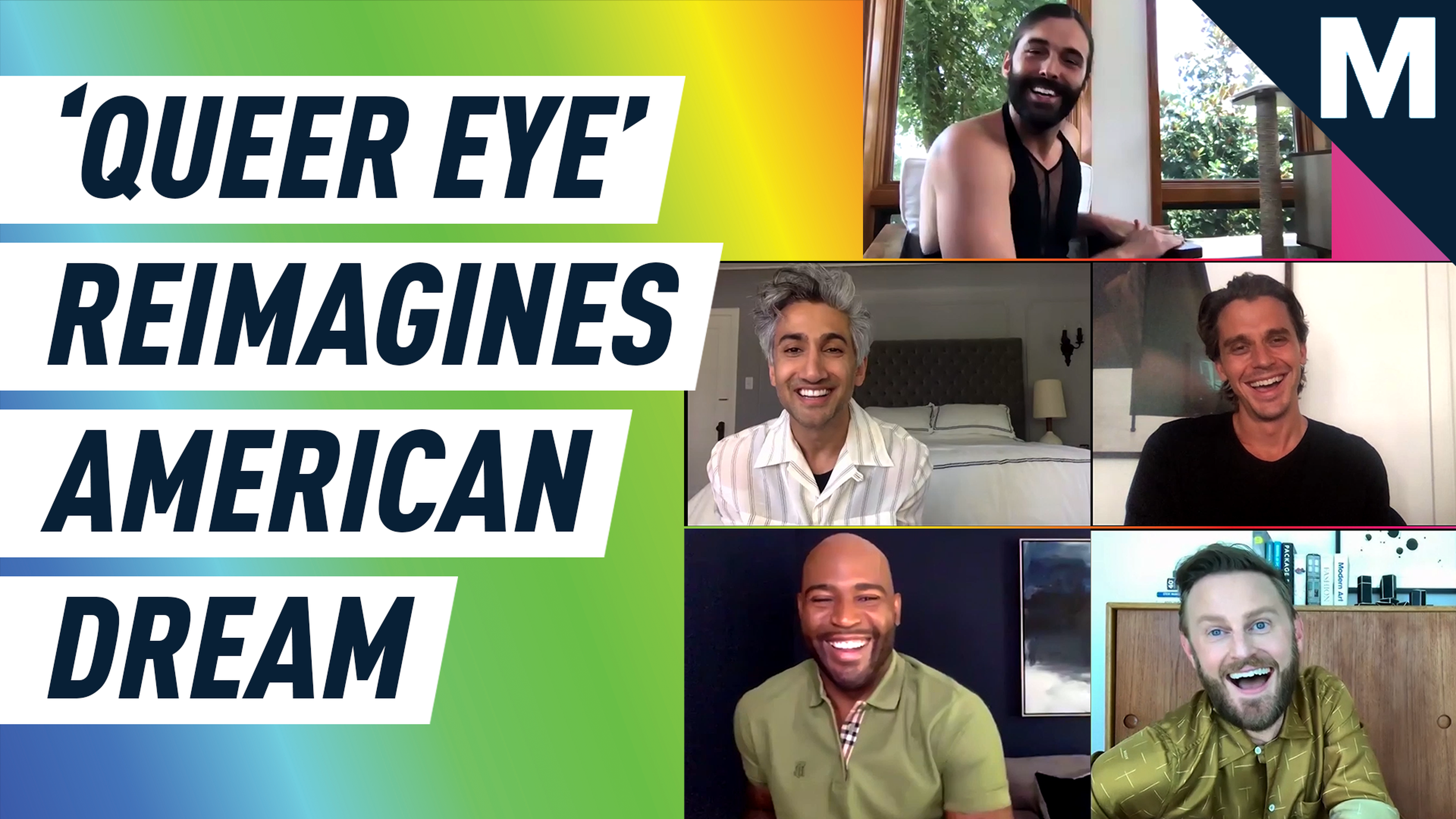
Finally, some good news.
On Monday, the U.S. Supreme Court ruled 6-3 that previously existing federal law protects gay and transgender employees from discrimination.
Before the ruling, the Supreme Court had yet to determine whether or not Title VII of the Civil Rights Act of 1964, which prohibits employment discrimination for protected classes, covered gender identity and sexual orientation as well.
The wording of Title VII only specified the prohibition of discrimination occurring because of “sex,” which LGBTQ advocates argued should include sexual orientation and gender identity. Opponents argued sex discrimination is not understood to include gender identity or sexual orientation.
Some states have their own laws that protect LGBTQ people from discrimination, which will remain in place. But if you were an LGBTQ employee living outside of those states (which many LGBTQ people do), you weren’t legally protected against discrimination based on your gender identity or sexual orientation before this ruling.
Monday marks a big win. The Supreme Court’s ruling extends similar protections for the rest of the country.
The ruling, which was instantaneously celebrated by the LGBTQ community, was a surprising one from a conservative court. (Clarence Thomas, Samuel Alito, and Brett Kavanaugh were the three dissenters.)
Sometimes 2020 decides to throw a curveball. Take a moment to celebrate.
A victory hard won in the courts & on the streets. Grateful to the lawyers, organizers & activists but most grateful to those who had to live stealth or closeted, who lost jobs for living their truth, who left parts of themselves at their employers door. https://t.co/4aaSZBOlbz
— Janet Mock (@janetmock) June 15, 2020
Fuck yes Supreme Court 🏳️🌈😭
— Jonathan Van Ness (@jvn) June 15, 2020
The decision gives us hope that as a country we can unite for the common good and continue the fight for LGBTQ acceptance.
— Sarah Kate Ellis (@sarahkateellis) June 15, 2020
